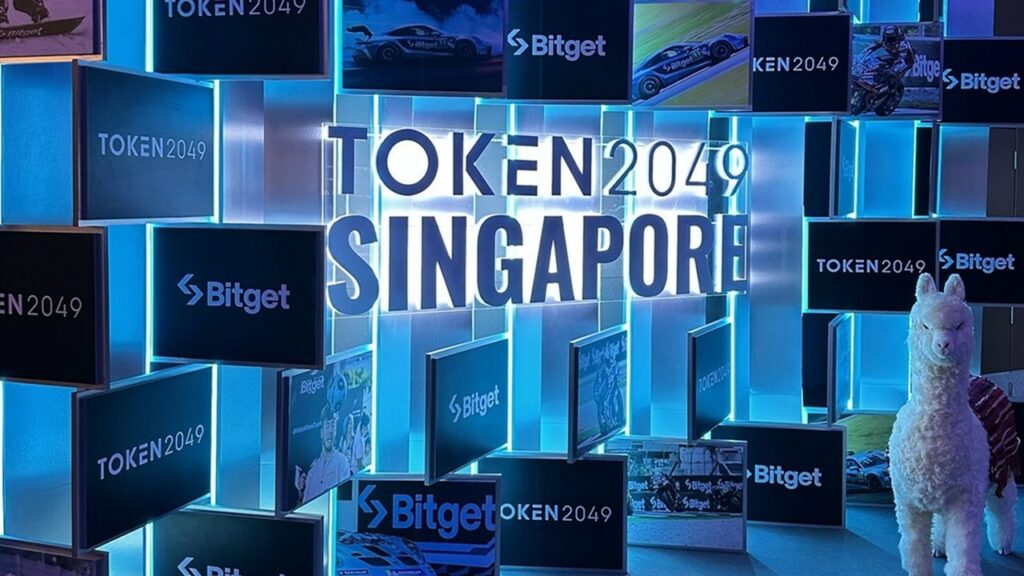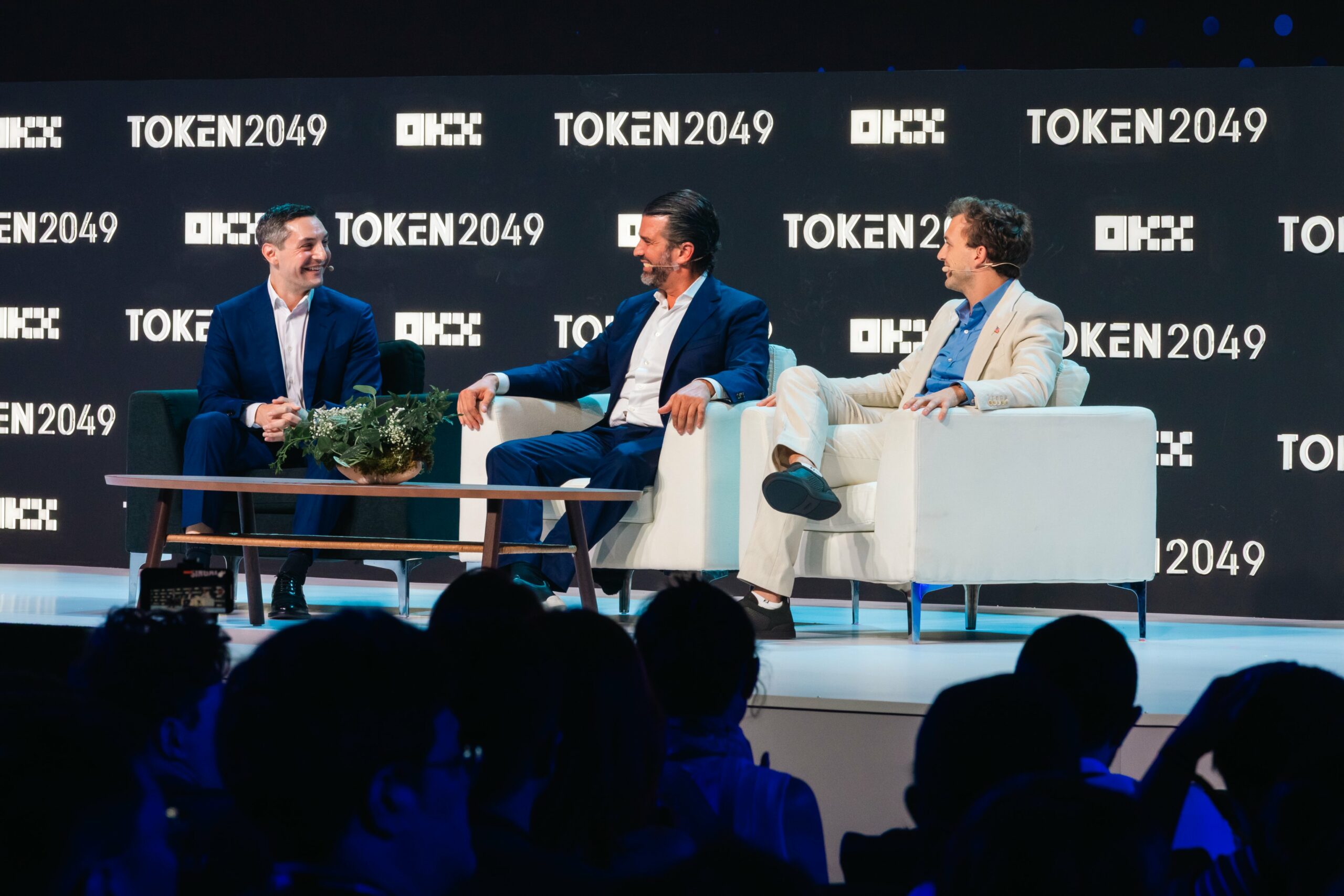The Pulse of a New Financial Era
Under the glass skyline of Marina Bay Sands, Token2049 Singapore felt more like a global strategy summit than a crypto conference. The energy was unmistakable — builders, VCs, and policymakers gathered not just to debate prices, but to re-architect the financial system itself.
This year marked a clear transition: from speculative noise to infrastructural maturity. Blockchain is no longer a frontier experiment. It is now the foundation on which global capital, compliance, and climate solutions are being built.

S&P Goes Crypto — Institutional Validation Arrives
Just as Token2049 wrapped up, S&P Dow Jones Indices announced its Digital Markets 50 Index, which combines 35 public companies and 15 leading digital assets into a single benchmark.
This move, quietly revolutionary, brings crypto into the same analytical framework that has guided traditional finance for a century.
By excluding meme coins and including treasury-holding firms, S&P sent a signal: the era of speculative tokens is giving way to real economy integration.
For institutional investors, this isn’t about chasing trends — it’s about risk-managed exposure to an asset class that has matured faster than regulators imagined.
BlackRock’s Bitcoin Moment
Meanwhile, BlackRock’s iShares Bitcoin Trust (IBIT) crossed the $100 billion AUM threshold in record time — becoming the firm’s most profitable ETF in history.
That statistic alone reframed every conversation in Singapore: Bitcoin is no longer “alternative.” It is now the benchmark for institutional digital exposure.
As Pratik Kala from Apollo Crypto put it, “IBIT’s success eliminates any doubt about institutional risk appetite for Bitcoin.”
At Token2049, the tone was similar: conservative funds are entering quietly, and they’re here to stay.
Asia Sets the Pace
While U.S. regulators continue their cautious approach, Asia is moving ahead rapidly. Singapore, Hong Kong, and Dubai have positioned themselves as hubs of compliant innovation — where regulation enables, rather than paralyzes.
At Token2049, you could feel the strategic confidence. Sovereign funds, family offices, and tech conglomerates are no longer testing blockchain; they’re integrating it into trade, logistics, and digital banking.
For Asia, Web3 is not just finance — it’s economic sovereignty in code.
AI Meets Blockchain: The Intelligent Economy
AI was the quiet undercurrent beneath every panel and pitch. Projects are now merging machine learning with decentralized data, creating self-governing ecosystems that optimize liquidity, energy, and even governance.
This is where BitVision.ai’s core thesis comes alive — AI is not replacing blockchain; it is supercharging it.
Data models that once required centralized servers are now being trained and verified on distributed networks. The result: systems that learn, adapt, and scale without human bias or gatekeeping.
Verity One and the Rise of Real-World Assets (RWA)
Perhaps the most inspiring frontier showcased at Token2049 wasn’t financial speculation, but environmental tokenization — where blockchain meets biology.
Verity One, a pioneering RWA project, exemplifies this transformation. Using oysters to filter and clean coastal waters, each oyster becomes a living sensor — converting environmental action into on-chain nutrient credits.
These credits, tokenized through Verity One’s blockchain ecosystem, quantify the measurable benefits of cleaner water, biodiversity, and carbon reduction.
It’s not just sustainability talk — it’s an entirely new asset class: the “Nutrient Credit Economy.”
In this vision, real-world assets are no longer abstract ESG reports — they are liquid, verified tokens. Investors can track their environmental impact with the same level of transparency they use to track portfolio returns.
Oracle, OpenAI, and the Infrastructure Race
Even the giants are feeling the strain. Oracle’s recent margin squeeze on Nvidia-based cloud services demonstrates that the infrastructure race is both costly and crucial.
As Oracle partners with OpenAI to build its massive “Stargate” data centers, the stakes are clear: AI and blockchain are converging into a single, high-intensity digital supply chain.
The winners will not be those who move fastest — but those who build infrastructure that lasts.
The BitVision Takeaway
Token2049 confirmed what many insiders already knew: crypto is no longer an industry — it’s an architecture.
From finance to ecology, data to governance, the blockchain layer is becoming invisible, embedded, and indispensable.
At BitVision, we see this shift as the dawn of the Intelligent Asset Era — where value is verified, not assumed; where systems learn, not obey; and where the economy cleans its own oceans.
Closing Thought
As night fell over Marina Bay, the reflection of city lights shimmered like a digital constellation — a fitting symbol of this moment.
The lines between Web3, AI, and sustainability are fading. What remains is the shared realization that the future is already here — and it’s tokenized.
